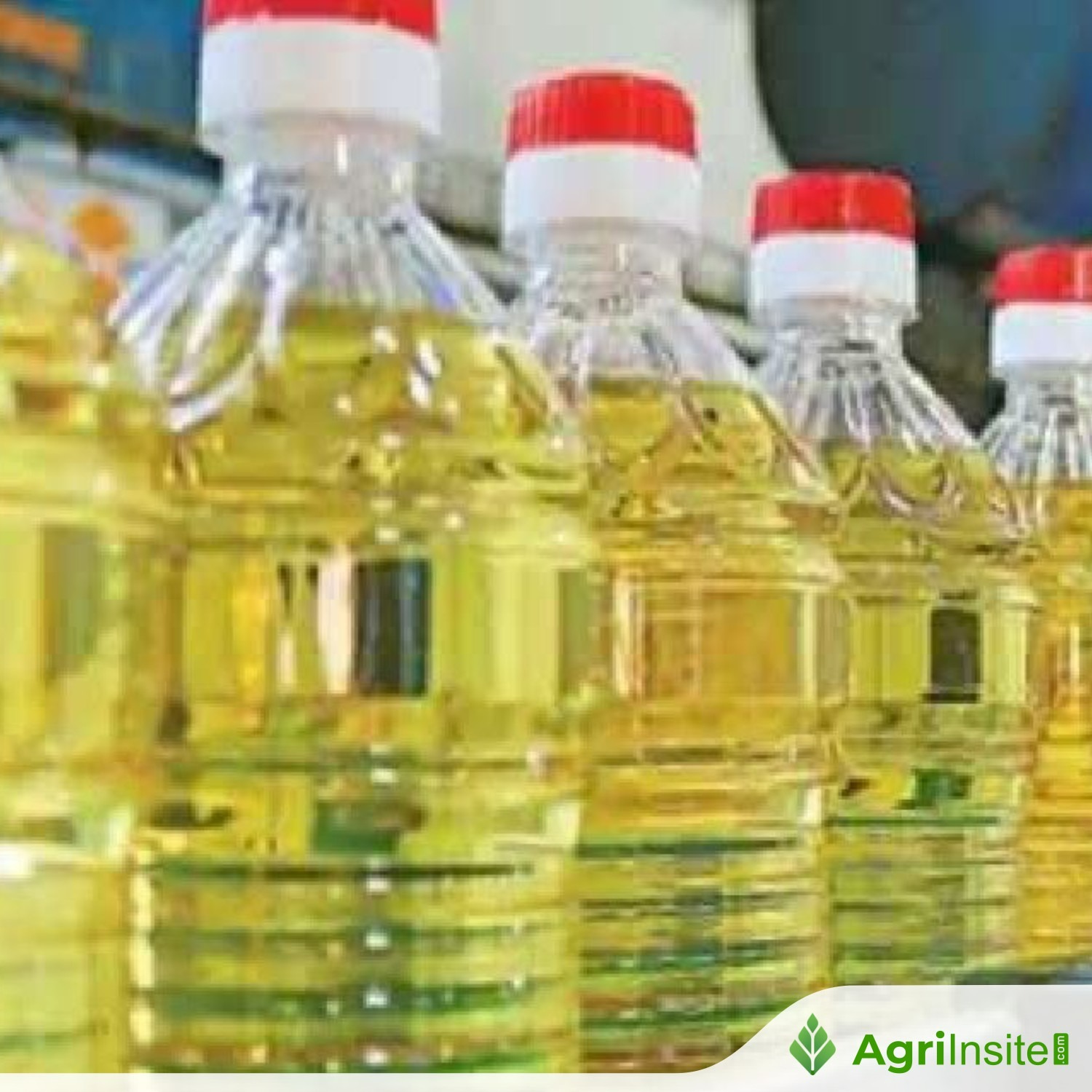A push towards edible oil security

India imports 57% of its edible oil, posing strategic risks. The NMEO-OP aims to boost domestic oil palm cultivation through financial aid, sustainability, and infrastructure support. With high yields and long-term income potential, oil palm offers a path to self-reliance. However, progress is slow—only 5.5 of 28 lakh suitable hectares are cultivated, risking missed opportunities.
India is the world’s largest importer of cooking oils. That’s not just a statistic—it’s a strategic vulnerability. We consume over 27 million tonnes annually, with imports meeting nearly 57% of this demand. In 2023-24 alone, we imported around 16 million tonnes, over 60% of which was palm oil, mostly from Malaysia and Indonesia. This overreliance exposes us to price shocks, supply chain disruptions, and geopolitical shifts—risks that have intensified in recent years. However, this presents an opportunity. The National Mission on Edible Oils – Oil Palm (NMEO-OP) is India’s bold bid to pivot from import dependency to self-reliance. By decisively and sustainably scaling this mission, India can buffer its economy and contribute to reshaping global edible oil dynamics.
Oil palm cultivation in India has expanded steadily over the past three decades. From the modest 6,673 hectares in 1992-93, the area under oil palm has grown to more than 5 lakh hectares. This remarkable increase reflects growing recognition of oil palm as a strategic crop for reducing the country’s dependence on imported edible oils. The expansion has been driven by improved awareness, technological interventions, and increased participation from farmers across several states, such as Andhra Pradesh, Telangana, Karnataka, and many Northeast states, thanks to policy boost received from the NMEO-OP with budgetary support of `11,040 crore available under the mission.
Launched in 2021, the NMEO-OP supports oil palm expansion with financial assistance at every stage of cultivation. It boosts productivity by aiding critical inputs like drip irrigation, water harvesting, pumps, vermicompost units, and essential tools. The Northeast receives additional support for land clearing, bio-fencing, and processing units. To address the perishability of oil palm fruit, the mission ensures direct farmer-processor linkages, a transparent pricing mechanism, and protection against price volatility. It also prioritises knowledge transfer through farmer/officer training, localised R&D, and region-specific innovations. This integrated, farmer-centric approach aims to enhance self-reliance in edible oil while ensuring ecological sustainability, economic viability, and improved farmer incomes.
Oil palm stands out for one compelling reason: unmatched productivity. It yields four to five times more oil per hectare than traditional oilseeds like soya bean or sunflower, making it one of the most efficient oil crops globally. With a productive lifespan exceeding 25 years, it offers farmers not just high returns but also long-term income stability. The global market context makes this an especially opportune moment. While prices for many edible oils remain subdued, palm oil prices have shown a upward trend—driven by surging demand from major economies like India and China, and compounded by growing use in biodiesel production. This combination of rising demand and constrained supply points to a tightening global market, making domestic cultivation both economically prudent and strategically necessary.
India’s pursuit of atmanirbharta (self-reliance) in edible oils is rooted in a strong commitment to ecological sustainability. With concerns over deforestation linked to palm oil cultivation, India has adopted a strict policy of promoting oil palm only on non-forest and low-value agricultural lands. Addressing farmers’ apprehensions is central to this effort, as many remain concerned about issues like high water use and soil degradation. The mission mandates oil palm cultivation in suitable agro-climatic zones and promotes water-efficient micro-irrigation, intercropping, and good agricultural practices to preserve soil health. To build confidence, the mission emphasises farmer engagement through awareness campaigns, demonstration, and peer learning. This integrated, environmentally conscious approach aims to boost domestic production without compromising long-term ecological or agricultural sustainability.
The NMEO-OP has all the ingredients of a robust, farmer-centric policy, tailored to the unique challenges of oil palm cultivation. Given the high perishability of fresh fruit bunches, the scheme prioritises the development of processing and logistics infrastructure, anchored through public-private partnerships to support farmers. Through tri-partite MoUs between farmers, processors, and state governments, procurement of fresh fruit bunches from farmers is assured at transparent, remunerative prices. A price gap funding mechanism has been built in to protect farmers from market volatility.
India’s continued dependence on global edible oil markets is neither sustainable nor strategically sound. With rising cooking oil consumption, oil palm offers a transformative path to self-reliance, and the NMEO-OP provides a strong framework. However, uneven implementation and underuse of funds by states risk eroding farmer trust.
To unlock its full potential, states must step up with targeted awareness campaigns, timely delivery of support, and consistent engagement with farmers. Crucially, India’s oil palm expansion model is rooted in sustainability, and focused on degraded, non-forest lands. Scaling must go hand in hand with training in intercropping and water-use efficiency, ensuring that income growth opportunities for farmers are optimised. Of 28 lakh hectares identified as suitable, only 5.5 lakh are under cultivation. Tapping this vast potential can cut import dependence, boost rural incomes, create jobs, and spur agro-industrial growth.
To Read more about Edible Oil News continue reading Agriinsite.com
Source : Financial Express














